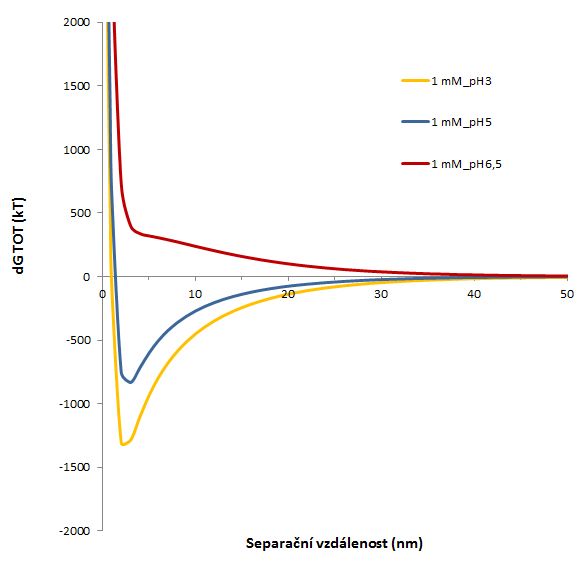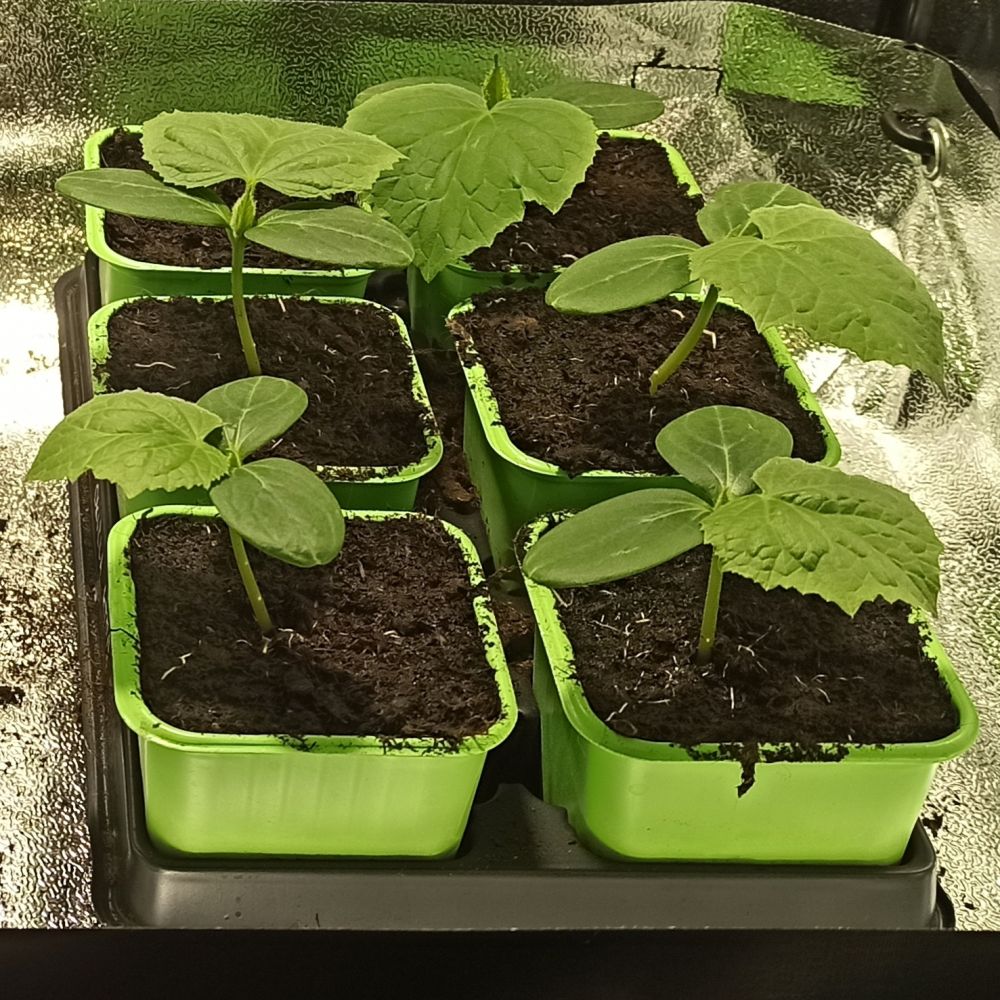Biologicky aktivní látky z mořských mikroorganismů
Mořské jednobuněčné mikroorganismy jsou velmi bohaté na biologicky aktivní sloučeniny, a proto mohou být použity v různých biologických aplikacích. Nejvíce studované látky jsou polynenasycené mastné kyseliny (PUFA), steroly, proteiny a enzymy, vitamíny a pigmenty, které nacházejí uplatnění v oblastech, jako je výživa lidí a zvířat, léčiva a akvakultury. Tento projekt je zaměřen zejména na mořské mikroorganismy (např. řasy, sinice, bakterie), optimalizaci jejich kultivace (angl. response surface methodology) a kultivačními podmínkami indukovanou změnu ve složení biomasy, a dále na identifikaci biologicky aktivních látek s biotechnologickým potenciálem.

Povrchové vlastnosti mikroorganismů, jednobuněčných řas a materiálů
Biofilm je nejčastěji se vyskytující forma mikroorganismů v přírodě. Biofilmové reaktory jsou klíčové v mnoha biotechnologiích proto studujeme vliv faktorů (nutričních, kultivačních atd.) ovlivňujících adhezi mikroorganismů a řas na pevné materiály (sklo, plasty, ocel atd.) s předpovědí adheze podle matematických modelů (DLVO teorie, bilance mezifázové volné energie) vycházejících z fyzikálně-chemických vlastností interagujících povrchů. Výsledky výzkumu mechanismu adheze mikrořas jsou využitelné jak v procesech, kde je cílem potlačit ulpívání mikrořas (např. vnitřní stěna fotobioreaktorů), tak v procesech, kde adheze, shlukování a flokulace žádoucí (např. progresivní způsob kultivace mikrořas jako biofilm nebo sklizeň mikrořas po submerzních kultivaci).

Mikrobiální biopreparáty s biostimulačními a/nebo biopesticidními vlastnostmi
Výzkum, vývoj a aplikace biopreparátů s biostimulačními a/nebo biopesticidními vlastnostmi je, a hlavně bude klíčová oblast zájmu pro udržitelném zemědělství a zdravou krajinu. Biopreparáty jsou šetrné k životnímu prostředí a nabízejí alternativu pro ochranu rostlin a podporu výnosů, když přírodní cestou podporují růst a vitalitu rostlin. V rámci vývojové fáze studujeme vlastnosti a potenciál mikrobiálních izolátů pro využití jako základu biopreparátu. Zaměřujeme se na produkci růst-stimulujících a antifungálních či insekticidních, biologicky aktivních molekul. Účinnost testujeme na modelových fytopatogenních mikroorganismech a zemědělsky významných rostlinách. Vliv biopreparátu na růst a vitalitu rostlin studujeme pomocí pokročilých nedestruktivních snímacích technologií - multispektrální analýzy a 3D skenování. Další fáze je identifikace a izolace účinných látek pomocí moderních analytických metod jako SPE, SPME, ultrafiltrace, GC-MS nebo HPLC-MS/MS. Stojíme tedy na počátku dlouhé a dobrodružné cesty s cílem rozšířit seznam komerčně dostupných biopreparátů.

Použití enzymů pro syntézu a recyklaci udržitelných polyuretanů
Aktuálně průmyslově vyráběné polyuretany se nedají nazvat „eco-friendly“ nebo udržitelné proto studujeme enzymovou syntézu a recyklaci udržitelných polyuretanových materiálů s maximálním využitím přírodních a obnovitelných surovin s využitím moderních konceptů jako „Green chemistry“, „Cradle-to-grave“ a „Cradle-to-cradle”. Designujeme polyuretany, které půjdou snadno (enzymaticky) rozložit na původní vstupní suroviny a ty pak použít pro syntézu nových polyuretanů; míříme k cirkulární ekonomice v oblasti polyuretanových materiálů. Za pomoci LCA analýzy (posuzování životního cyklu) se snažíme o to, aby naše polyuretany byly od výroby přes použití až po recyklaci skutečně udržitelné a „eco-friendly“. Na tomto tématu spolupracujeme s kolegy z Ústavu makromolekulární chemie AV ČR a Gdaňsk University of Technology v Polsku. Na obrázku je autofluorescence našich polyuretanů při osvícení modrým světlem.

